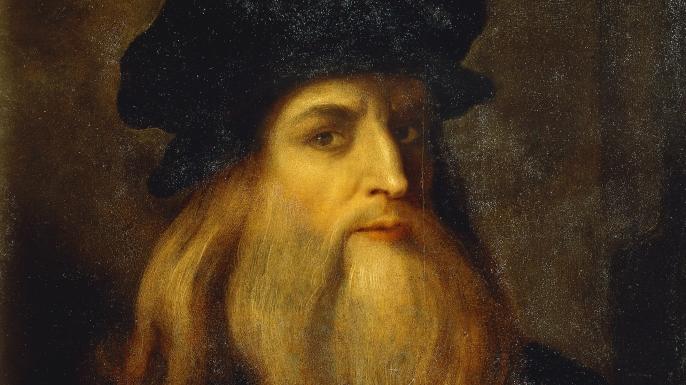Leonardo da Vinci: A Rennaissance Titan Without Borders
Leonardo da Vinci, born in 1452 near Florence, Italy, wasn’t just an artist, he was a universal genius. His insatiable curiosity and boundless skills led him to excel in an awe-inspiring array of fields. He sculpted, painted, designed buildings, played music, studied science, invented marvels, dissected bodies, mapped landscapes, explored botany, and penned insightful prose. His life was a testament to the boundless potential of the human mind.
Early Artistic Flourishing:
Despite being born out of wedlock, young Leonardo received a humanist education, fueling his thirst for knowledge. At 14, he apprenticed to the esteemed sculptor Verrocchio, soaking up artistic techniques and observing the natural world with a keen eye. His early works like the “Annunciation” and contributions to the “Baptism of Christ” showcased his burgeoning talent and innovative use of light and perspective.
Milanese Masterpieces and Artistic Maturity:
In 1482, Leonardo’s brilliance landed him in Milan, where he was commissioned by Duke Sforza to create a monumental equestrian statue. Though unfinished, the preparatory drawings revealed his mastery of anatomy and engineering. During this period, he also painted iconic masterpieces like “The Virgin of the Rocks” and “The Last Supper,” characterized by subtle sfumato technique, emotional depth, and groundbreaking perspective.
A Restless Intellect and Scientific Pursuits:
Leonardo wasn’t merely an artist; he was a relentless experimenter and inventor. His notebooks brimmed with detailed sketches and observations on everything from bird flight to water movement to the human body’s intricacies. He envisioned flying machines, parachutes, tanks, even calculators and self-winding watches, centuries before their realization.
Driven by a deep desire to understand the natural world, Leonardo meticulously dissected humans and animals, producing the most accurate anatomical drawings ever seen. He delved into geology, botany, and optics, making groundbreaking contributions to these fields as well.

Later Years and Enduring Legacy:
After the fall of the Sforzas, Leonardo embarked on a nomadic journey, working for various patrons and continuing his artistic and scientific explorations. In his final years, he found sanctuary under King Francis I of France, spending his days painting, experimenting, and captivating guests with his brilliance.
Leonardo’s death in 1519 marked the end of an era, but his legacy endures. He remains one of the greatest minds in human history, a polymath whose insatiable curiosity and groundbreaking achievements continue to inspire and challenge us today.
Though his inventions often remained unrealized in his lifetime, his artistic genius lives on in iconic paintings like the Mona Lisa, a timeless enigma that continues to enthrall audiences centuries later. Leonardo da Vinci, the quintessential Renaissance man, stands as a testament to the limitless potential of the human spirit.
Feel free to ask if you’d like to delve deeper into any specific aspect of his remarkable life and work!
